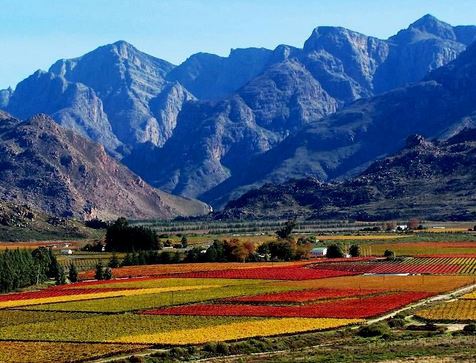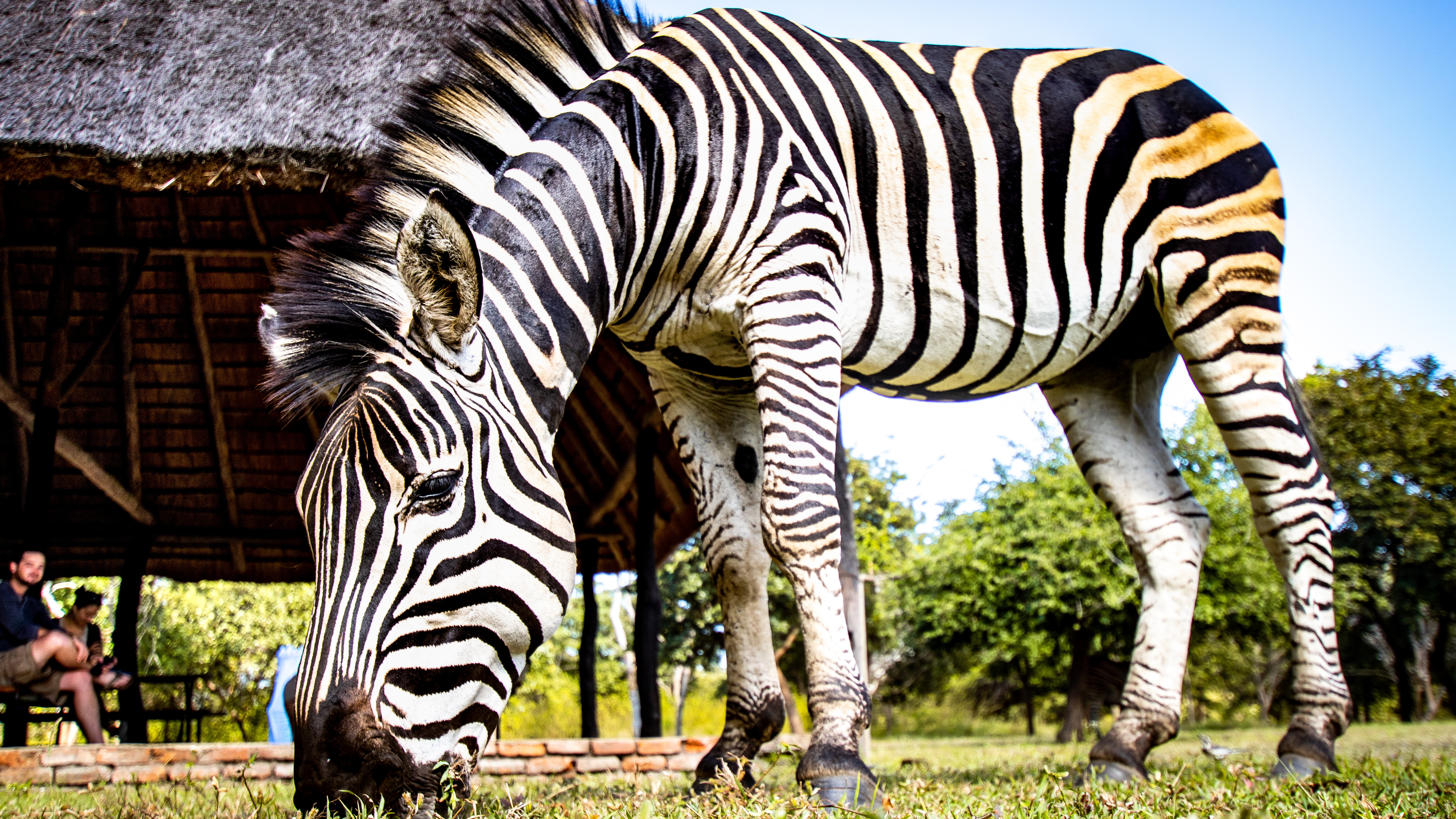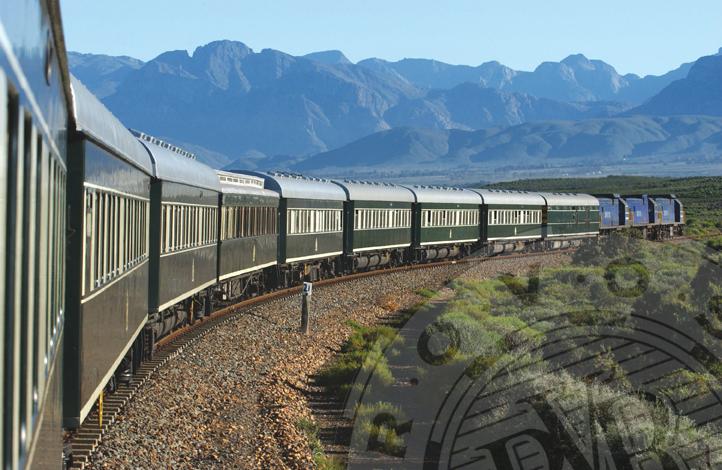Zimbabwe
Zimbabwe is located in southern Africa between South Africa and Zambia. Zimbabwe is completely enclosed by land and borders Botswana, Mozambique, Zambia and South Africa. The area of Zimbabwe is 390,580 square kilometers. Zimbabwe is therefore approximately 9.4 times as large as the Netherlands.
The land is dominated by a plateau with a mountain ridge that forms the central backbone. This ridge forms the separation between two river basins, with a water drain to the northwest in the Zambezi and to the southeast in the Limpopo and Save (Sabi) rivers. The northern part of the ridge is the Mvurwi mountain range with peaks such as Mount Mvurwi (1748 meters) and Mount Chikonyora (1731 meters). The Mashava hills form the central part and the Matopo the southern part of the ridge.
There are few dense forests in Zimbabwe, only along the border with Mozambique can you still find some rain forests. The ‘Lowfield’, which is hotter and drier, has a grass steppe vegetation with sometimes semi-desert-like regions.
Victoria Waterfalls
In the north of Zimbabwe are the Victoria Waterfalls, one of the seven wonders of the world. Over a length of more than 1.7 kilometers, the water of the Zambezi River falls into a narrow gorge here. Because of the cloud clouds and the deafening noise that is created as a result, the waterfalls are also locally referred to as ‘Mosi-oa-Tunya’, or ‘Smoke that thunders’. The falls are on the border with Zambia. It is possible to visit the falls from the town of Victoria Falls in Zimbabwe or from Livingstone in Zambia. Many activities are organized from both towns, including rafting on the spectacular rapids of the mighty Zambezi river or a flight by ultralight plane over the falls.
Important:
Please note that in Zimbabwe many things must be paid in cash (entrance fees, visas, etc.). From June 24, 2019, the government of Zimbabwe decided that only the Zimbabwe Dollar can be used to make purchases in Zimbabwe. Previously American Dollars and often South African Rands and Botswana Pula were accepted everywhere. However, from June 24, 2019, shops etc may only display prices in (the new) Zimbabwe Dollar. So you will have to change money when you want to make purchases in Zimbabwe. As far as we know now, visas at the border posts still have to be paid in cash in US $. At the more luxurious lodges you can usually use your credit card to pay. It is currently still a very unclear situation with regard to this new monetary unit. If you have specific questions about the above, please contact us.
Add to my travel plans


